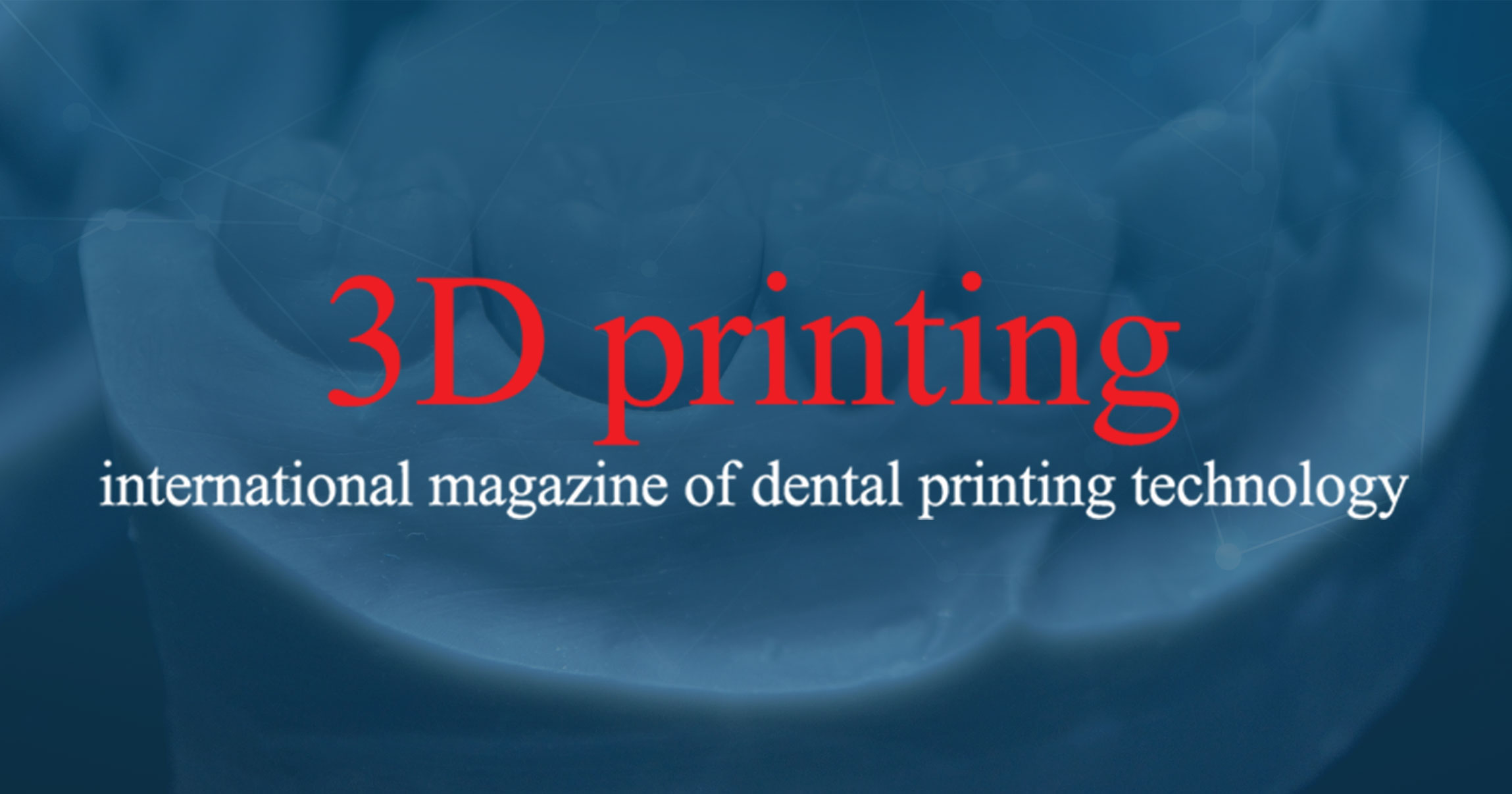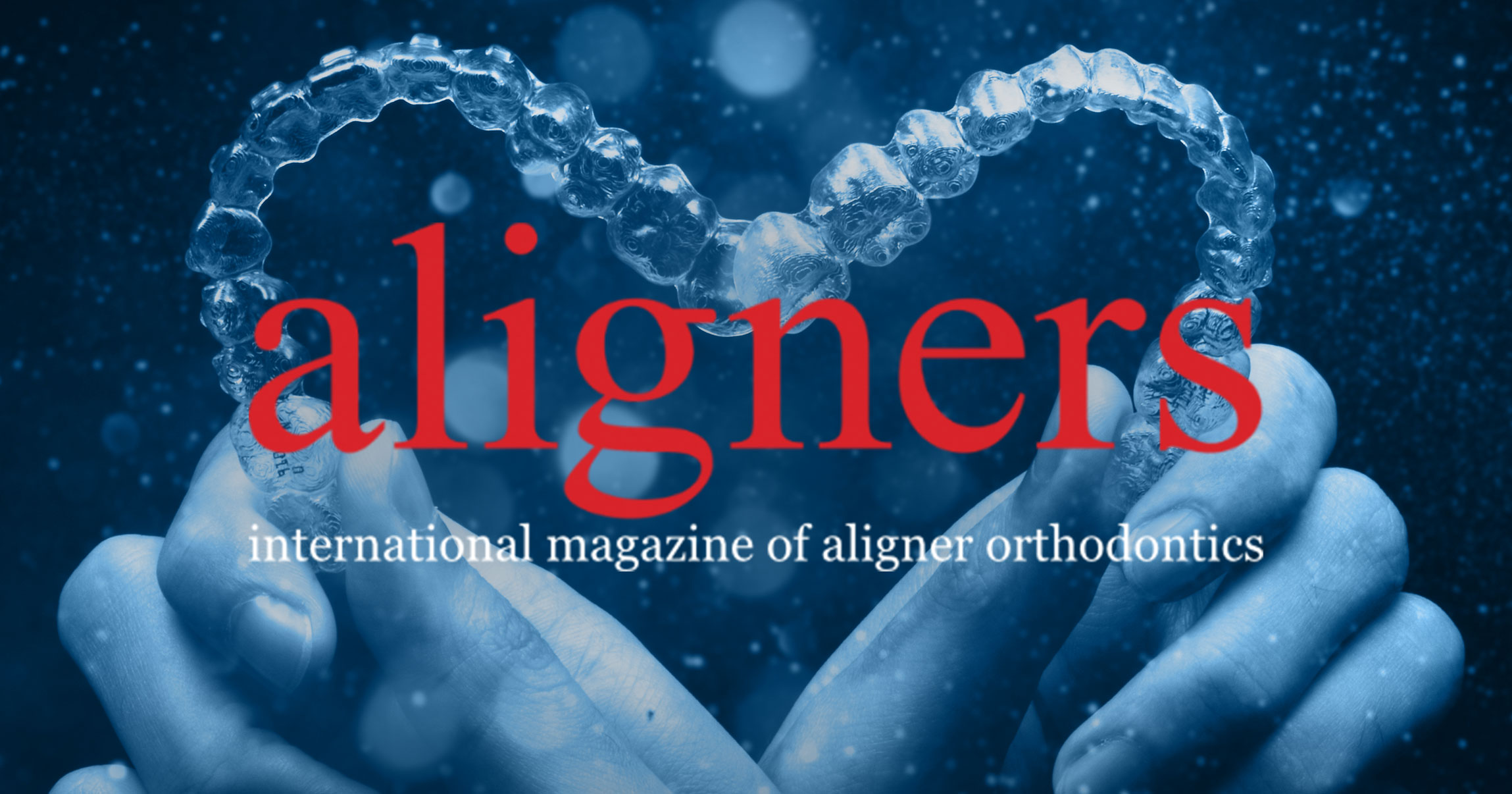Dr Gys de Necker has been a dentist for more than 30 years and runs three successful practices in South Africa. He was so inspired by the TENEO chair that he named his practice in Century City in Cape Town after it. Dentsply Sirona spoke with him about the benefits of TENEO, his experience working with it and his practice philosophy.
Dentsply Sirona: Dr De Necker, why did you name your clinic “TENEO House”?
I bought the first TENEO in South Africa. When I saw it being demonstrated, I immediately asked what the name TENEO actually meant. However, nobody was able to tell me. I asked them to call someone in Germany to find out. Shortly afterwards, I was told it meant “holding you”. I really liked that because this is what we do with patients—we hold them. In my practice, I treat joint disorders. Many of these patients are ill and sometimes even devastated. It is nice to be able to tell them: I am holding you through it.
When we started building the new practice and were wondering what to call it, we had many different ideas. One day, when I was working on the plans for the new building in my practice in Durban, I looked at the work area and the only thing I saw was TENEO, so I said to the team that we will call it “TENEO”. They agreed and we wrote a letter asking Sirona for the company’s approval, even though that was not really necessary. Sirona gave its approval and that was it.
Since then, people have continued to ask what “TENEO” means, and everyone should know—other dentists as well as patients. This name on the chair makes the whole experience very personal for patients because they feel that they are going to be held and looked after. I have been working with dental chairs for 30 years now.
When installing TENEO, did you have to change anything in your workflow?
When I talk to dentists who have never worked with Dentsply Sirona equipment, I always advise that, if one starts with a Sirona chair, it does not matter how old it is; the basic feeling is the same: it is not necessary to take one’s eyes away from the area one is working on because one knows, can feel, where the instruments are. I bought that first chair because of its convenience and ergonomics. The patient must lie in the correct position and the dentist must be protected too. It is like a Mercedes-Benz: it does not matter which model one climbs into, one knows exactly how to switch on the lights; that is comforting.
Your experiences with TENEO sound very positive, but do you have any suggestions for improvements?
I discussed a very simple thing with some colleagues yesterday: once patients sit up and rinse their mouths, they are given a little container with tissues. They take a tissue, wipe their mouths and then do not know what to do with it. They sit there with their tissues in their hands. Actually, there would be enough space for a little waste container, but these dentists did not understand it, not at all. They worked on chairs and saw patients sitting, but they had never observed that patients will sit with their tissues in their hands until the assistant offers to take it from them. It should not be like that.
Do you use TENEO for specialised interventions like dental implantology too?
I perform the whole spectrum of dentistry on that chair, but I specialise in joint disorders. It can be very uncomfortable for these patients to sit and wait. It takes an hour and a half for me to explain what is happening to them. They arrive in pain and then it can be difficult to put the patient into a nice, comfortable position, but with TENEO, I do not have to worry about that at all.
What is special about TENEO in your opinion?
The back rest with the massage function plays a major role for me, because I perform many long procedures. Patients can lie comfortably and be at ease because of the back rest. We do a great deal to make our patients as comfortable as possible during these long procedures. If I had to add one more thing to TENEO, it would be earphones that come from beneath the chair. For now, we have separate earphones. We bring patients to the chair, talk to them and give them earphones to listen to classical music, even if they do not like classical music. They have no choice. And you know what? They all get up afterwards and say that it was absolutely fantastic.
Patients are distracted by the earphones. They do not hear all the sounds around them that could make them anxious. I have seen agitated children being brought in. We sat them in the chair, talked a little, put the earphones on and started working. When the treatment was over, they were completely at ease. I think patients return if they felt safe during treatment and were provided with good service. There are two important things in dentistry: the patient must understand what we are doing and must be anaesthetised properly. If the patient starts feeling the procedure, things go wrong—it is so important to anaesthetise properly.
So the back rest is something you say makes TENEO really deserve the name. Why?
Yes, exactly. It is the only chair in the world that has such a back rest. Being a Mercedes-Benz man, I like to explain the experience of treatment in TENEO in those terms. I say to patients: OK, let us say you are a Mercedes-Benz driver and you are sitting in an S-Class now. I have got an E-Class and a C-Class that I can drive us with, but of course your experience with the S-Class is going to be better. When they choose our S-Class, I tell them: that is why you pay more here. I am joking with them, of course, but people are certainly willing to pay more for excellent treatment.
What do you believe is the key to success?
I follow a simple philosophy: if you tell me that there is only one way from here to there, that way will be off-limits for me. I will take a different route—and that is what one must do in dentistry and business. There is not just one way to achieve things. I believe in doing the opposite of the obvious—and it works. I opened a practice in Melville, a bohemian suburb of Johannesburg and home to a number of actors. To be able to practise there, one has to do things a little bit differently, because actors are often unconventional, but if one convinces them, the word spreads. Also, I believe in letting people develop. I do not want my staff to be a clone of me. I want them to do their own thing and that works very well.



 阿尔巴尼亚 / Albania
阿尔巴尼亚 / Albania
 奥地利 / Österreich
奥地利 / Österreich
 波黑 / Босна и Херцеговина
波黑 / Босна и Херцеговина
 保加利亚 / България
保加利亚 / България
 克罗地亚 / Hrvatska
克罗地亚 / Hrvatska
 捷克共和国 / Česká republika & Slovensko
捷克共和国 / Česká republika & Slovensko
 芬兰 / Suomi
芬兰 / Suomi
 法国 / France
法国 / France
 德国 / Deutschland
德国 / Deutschland
 希腊 / ΕΛΛΑΔΑ
希腊 / ΕΛΛΑΔΑ
 意大利 / Italia
意大利 / Italia
 荷兰 / Nederland
荷兰 / Nederland
 斯堪的纳维亚 / Nordic
斯堪的纳维亚 / Nordic
 波兰 / Polska
波兰 / Polska
 葡萄牙 / Portugal
葡萄牙 / Portugal
 罗马尼亚 / România & Moldova
罗马尼亚 / România & Moldova
 斯洛文尼亚 / Slovenija
斯洛文尼亚 / Slovenija
 塞尔维亚和黑山 / Србија и Црна Гора
塞尔维亚和黑山 / Србија и Црна Гора
 西班牙 / España
西班牙 / España
 瑞士 / Schweiz
瑞士 / Schweiz
 土耳其 / Türkiye
土耳其 / Türkiye
 英国和爱尔兰 / UK & Ireland
英国和爱尔兰 / UK & Ireland
 国际版 / International
国际版 / International
 巴西 / Brasil
巴西 / Brasil
 加拿大 / Canada
加拿大 / Canada
 拉丁美洲 / Latinoamérica
拉丁美洲 / Latinoamérica
 美国 / USA
美国 / USA
 印度 / भारत गणराज्य
印度 / भारत गणराज्य
 日本 / 日本
日本 / 日本
 巴基斯坦 / Pākistān
巴基斯坦 / Pākistān
 越南 / Việt Nam
越南 / Việt Nam
 东盟 / ASEAN
东盟 / ASEAN
 以色列 / מְדִינַת יִשְׂרָאֵל
以色列 / מְדִינַת יִשְׂרָאֵל
 阿尔及利亚 / الجزائر
阿尔及利亚 / الجزائر
 中东 / Middle East
中东 / Middle East
:sharpen(level=0):output(format=jpeg)/up/dt/2023/08/Researchers-developing-novel-AI-platform-for-dental-disease-identification.jpg)
:sharpen(level=0):output(format=jpeg)/up/dt/2023/08/Most-children-with-special-healthcare-needs-have-caries-poor-oral-hygiene.jpg)
:sharpen(level=0):output(format=jpeg)/up/dt/2023/07/Massachusetts-hopes-to-enlist-dental-therapists-in-fight-for-oral-health-equity.jpg)
:sharpen(level=0):output(format=jpeg)/up/dt/2023/07/3D-printing-is-not-a-perfect-answer-to-periodontal-regeneration-but-its-getting-close.jpg)
:sharpen(level=0):output(format=jpeg)/up/dt/2023/07/ROOTS-SUMMIT-2024-registration-is-now-open.jpg)

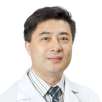
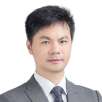

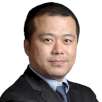

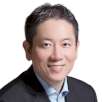
:sharpen(level=0):output(format=png)/up/dt/2023/06/logo_ACTEON_HD-def-Q.png)
:sharpen(level=0):output(format=png)/up/dt/2015/09/Curaden.png)
:sharpen(level=0):output(format=png)/up/dt/2022/01/Ivoclar_Logo_19-01-2022.png)
:sharpen(level=0):output(format=png)/up/dt/2022/01/Straumann_Logo_neu-.png)
:sharpen(level=0):output(format=png)/up/dt/2014/02/Planmeca.png)
:sharpen(level=0):output(format=png)/up/dt/2010/11/Nobel-Biocare-Logo-2019.png)
:sharpen(level=0):output(format=jpeg)/up/dt/e-papers/323613/1.jpg)
:sharpen(level=0):output(format=jpeg)/up/dt/e-papers/320439/1.jpg)
:sharpen(level=0):output(format=jpeg)/up/dt/2022/08/DTCHI_0322_FINAL.jpg)
:sharpen(level=0):output(format=jpeg)/up/dt/e-papers/307114/1.jpg)
:sharpen(level=0):output(format=jpeg)/up/dt/e-papers/302868/1.jpg)
:sharpen(level=0):output(format=jpeg)/up/dt/e-papers/295582/1.jpg)
:sharpen(level=0):output(format=jpeg)/up/dt/2017/01/37fbb1f1f3cc1c4e88177428c5f974ac.jpg)

:sharpen(level=0):output(format=jpeg)/up/dt/2023/08/Researchers-developing-novel-AI-platform-for-dental-disease-identification.jpg)
:sharpen(level=0):output(format=gif)/wp-content/themes/dt/images/no-user.gif)
:sharpen(level=0):output(format=jpeg)/up/dt/2021/07/meeting1.jpg)
:sharpen(level=0):output(format=jpeg)/up/dt/2021/08/groujpgre.jpg)
:sharpen(level=0):output(format=jpeg)/up/dt/2021/02/Interview-Increased-commercialism-and-overtreatment-in-dentistry-1188x668-.jpg)
:sharpen(level=0):output(format=jpeg)/up/dt/2019/08/67898045_594006071127459_4643762638080180224_n.jpg)
:sharpen(level=0):output(format=jpeg)/up/dt/2017/09/Dr-Rajiv-Saini-iloveimg-resized.jpg)
:sharpen(level=0):output(format=jpeg)/up/dt/2021/09/Fig_20_IDS-press-conference_-GFDI_Thomas-Klerx-2000x1125-.jpg)
:sharpen(level=0):output(format=jpeg)/up/dt/2018/10/Dr-Cardinali-780-x-439.jpg)

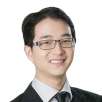




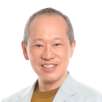

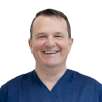
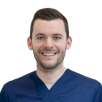
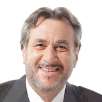

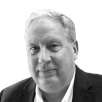




:sharpen(level=0):output(format=jpeg)/up/dt/2023/08/Researchers-developing-novel-AI-platform-for-dental-disease-identification.jpg)
:sharpen(level=0):output(format=jpeg)/up/dt/2023/08/Most-children-with-special-healthcare-needs-have-caries-poor-oral-hygiene.jpg)
:sharpen(level=0):output(format=jpeg)/up/dt/2023/07/Massachusetts-hopes-to-enlist-dental-therapists-in-fight-for-oral-health-equity.jpg)
:sharpen(level=0):output(format=jpeg)/up/dt/e-papers/320439/1.jpg)
:sharpen(level=0):output(format=jpeg)/up/dt/2022/08/DTCHI_0322_FINAL.jpg)
:sharpen(level=0):output(format=jpeg)/up/dt/e-papers/307114/1.jpg)
:sharpen(level=0):output(format=jpeg)/up/dt/e-papers/302868/1.jpg)
:sharpen(level=0):output(format=jpeg)/up/dt/e-papers/295582/1.jpg)
:sharpen(level=0):output(format=jpeg)/up/dt/e-papers/323613/1.jpg)
:sharpen(level=0):output(format=jpeg)/up/dt/e-papers/323613/2.jpg)
